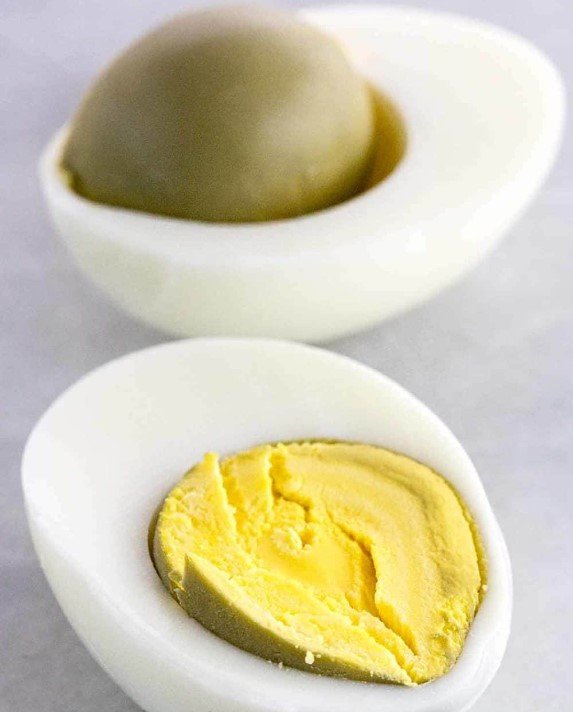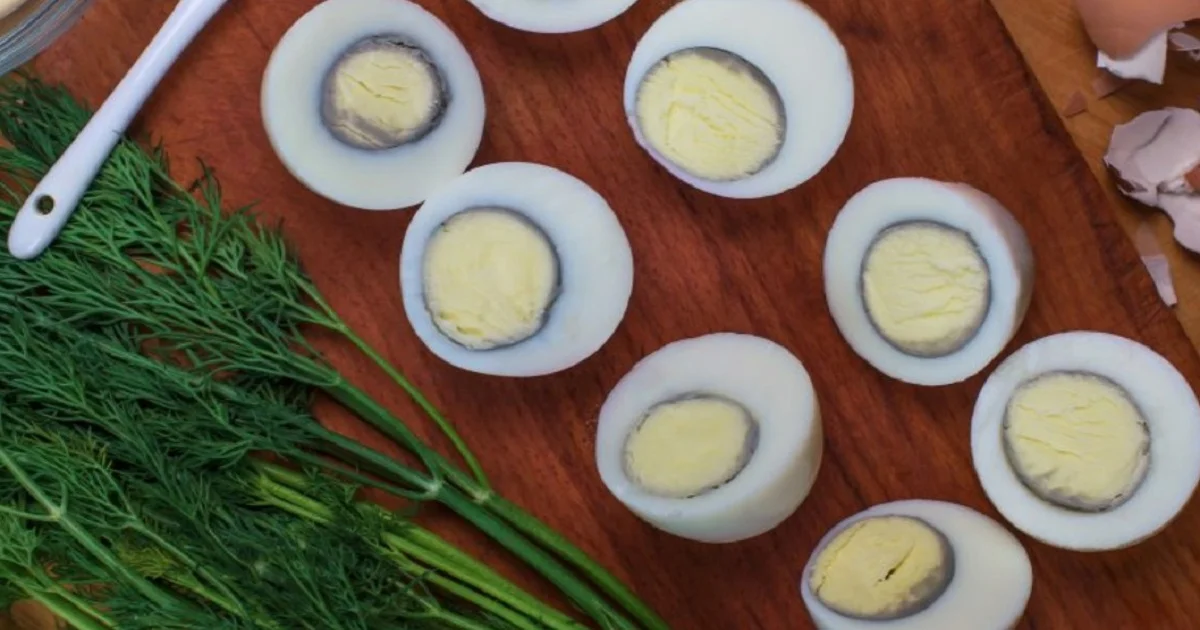Unlocking the Green Yolk Enigma
Cracking open a hard-boiled egg only to find a greenish yolk can be perplexing. This phenomenon, however, is not uncommon. Let’s explore the intriguing world of green egg yolks, addressing their safety, taste, and prevention.
Understanding the Color Change
The transformation of sunny yellow yolks into a green hue occurs due to overcooking or high temperatures during the cooking process. Heat triggers a reaction between sulfur compounds in the egg white and iron in the yolk, forming ferrous sulfide, which gives the yolk its green color. This reaction can also affect the color of scrambled eggs and omelets.
Safety of Green Yolks
Despite their unappetizing appearance, green yolks are perfectly safe to eat. The color change does not indicate spoilage or toxicity.
Preventing Green Yolks
To maintain vibrant, golden yolks, it’s essential to avoid overcooking and excessive heat. Follow these tips:
- Timing is Key: Simmer eggs gently instead of boiling vigorously to prevent overcooking.
- Cool Immediately: Transfer boiled eggs to an ice bath promptly after cooking to halt the cooking process and minimize the chance of green yolks.
- Moderate Heat: Avoid cooking eggs at excessively high temperatures; a slow and steady approach is best.

Desirable Yolk Color
Ideally, a hard-boiled egg yolk should display a rich, sunny yellow color, signaling a perfectly cooked and flavorful egg.
Innovative Uses for Green-Yolked Eggs
Turn green yolks into a culinary experiment by incorporating them into dishes. For example, mash them up and spread them on avocado toast. The vibrant green of the avocado will disguise the green yolks, offering a unique twist to your breakfast routine.
Conclusion
Though green egg yolks may not win any beauty contests, they pose no harm. By mastering egg cooking techniques, you can ensure your yolks remain the highlight of your culinary creations. Embrace the unexpected and turn green yolks into a delightful breakfast surprise. Happy cooking!

Leave a Reply